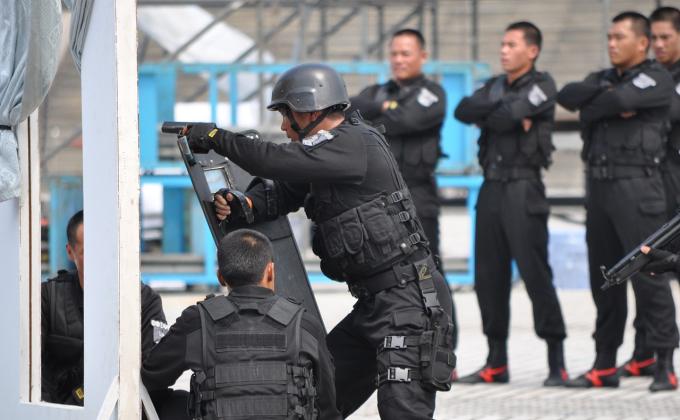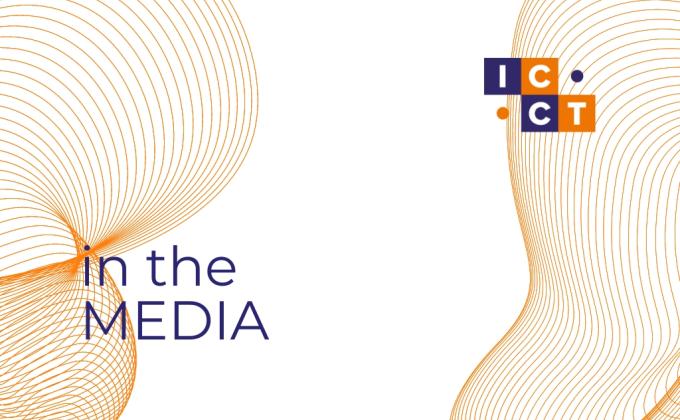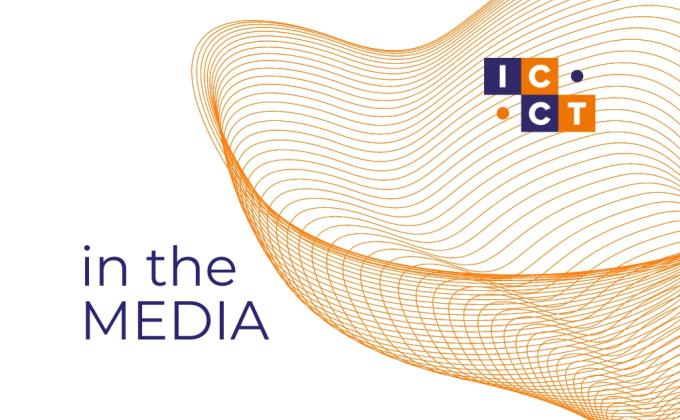
Bart Schuurman
Contact
Dr. Bart Schuurman is a Associate Fellow at the ICCT and has worked as a Researcher at Leiden University's Institute of Security and Global Affairs (formerly Centre for Terrorism and Counterterrorism).
Dr. Schuurman has a background in History and International Relations. Past projects have included a study on potential "indicators" of terrorist intent and capability conducted in cooperation with the Dutch National Police, and a year-long evaluation of a Dutch reintegration programme for (violent) extremists. Currently, Bart is engaged in a three year long European Union-funded collaborative research project that focuses on gaining a better understanding of lone actor terrorists’ pre-attack behavior. His PhD thesis focuses on understanding involvement in terrorist groups by studying primary-sources based data using structural, group and individual level perspectives. In 2014, he spent several months working with professor John Horgan at UMass Lowell as a Fulbright Visiting Researcher. In addition to various aspects of (counter-)terrorism, Bart’s research interests include military strategy, asymmetric conflicts, negotiation and the Clausewitzian theory.
Publications:
Schuurman, B. "Becoming a European homegrown jihadist: a multilevel analysis of involvement in the Dutch Hofstadgroup, 2002-2005" PhD thesis, Leiden University (2017).
Bakker, E., Eijkman, Q. and B. Schuurman. "Structural influences on involvement in European homegrown jihadism: a case study". Terrorism and Political Violence (2016).
Schuurman, B. and E. Bakker. "Reintegrating Jihadist Extremists: Evaluating a Dutch Initiative, 2013-2014". Behavioral Sciences of Terrorism and Political Aggression, vol. 8, no. 1 (2016).
Boeke, S. and B. Schuurman. "Operation 'Serval': A Strategic Analysis of the French Intervention in Mali, 2013-2014". Journal of Strategic Studies, vol. 38, no. 6 (2015), pp. 1-27.
Schuurman, B., Eijkman, Q. and E. Bakker. "The Hofstadgroup Revisited: Questioning its Status as a 'Quintessential' Homegrown Jihadist Network". Terrorism and Political Violence, vol. 27, no. 5 (2015), pp. 1-22.
Schuurman, B. and Q. Eijkman. "Indicators of Terrorist Intent and Capability: Tools for Threat Assessment". Dynamics of Asymmetric Conflict, vol. 8, no. 3 (2015), pp. 1-17.
Schuurman, B., Eijkman, Q. and E. Bakker. "A History of the Hofstadgroup". Perspectives on Terrorism, vol. 8, no. 4 (2014), pp. 65-81.
Schuurman, B. and Q. Eijkman “Moving Terrorism Research Forward: The Crucial Role of Primary Sources”. The International Centre for Counter-Terrorism – The Hague 4, no. 2 (2013).
Schuurman, B. "Defeated by Popular Demand: Public Support and Counterterrorism in Three Western Democracies, 1963-1998". Studies in Conflict and Terrorism, vol. 36, no. 2 (2013), pp. 152-175.
Duyvesteijn, I. and B. Schuurman. "The Paradoxes of Negotiating with Terrorist and Insurgent Organisations". Journal of Imperial and Commonwealth History, vol. 39, no. 4 (2011), pp. 677-692.









